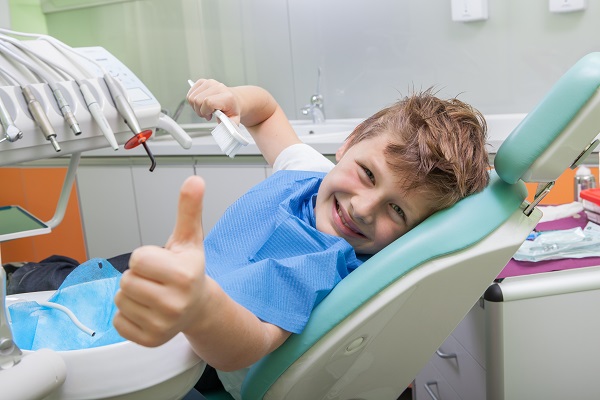Shaping Bright Futures with Every Smile in Phoenix
Nestled in the bustling city of Phoenix, AZ, Camelback Pediatric Dentistry & Orthodontics shines as a leading light in children's oral healthcare. Our mission is to sculpt the foundation of a lifelong journey towards impeccable oral health for every child that walks through our doors. Through a fusion of advanced pediatric dentistry and orthodontics, we […]




